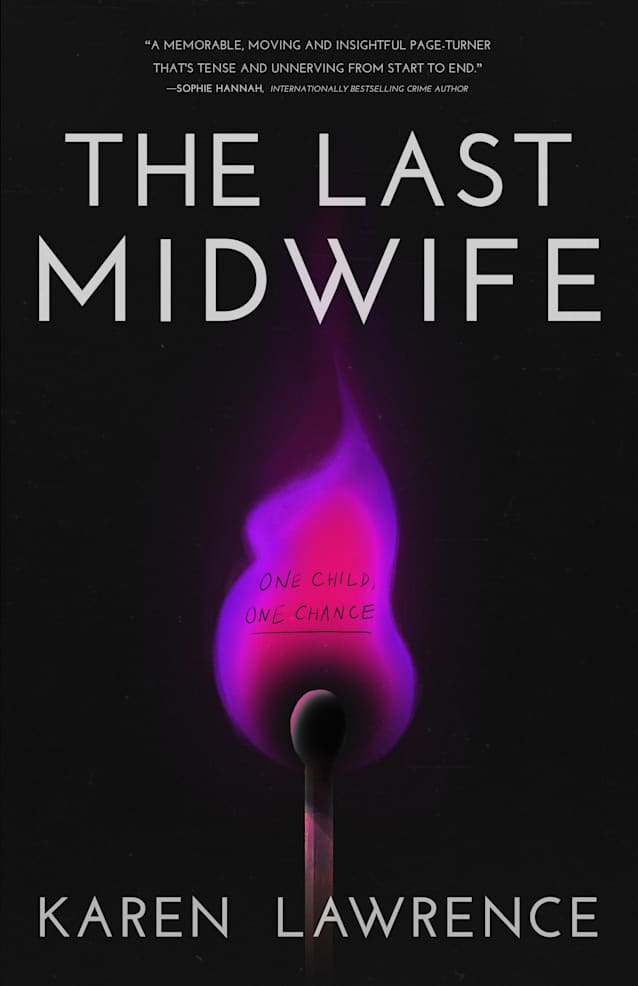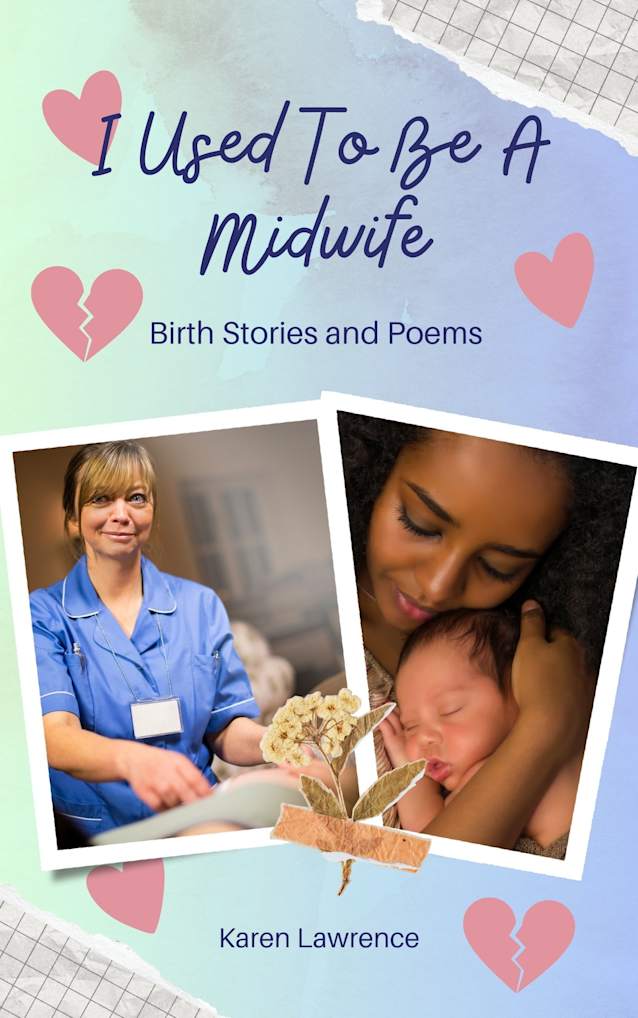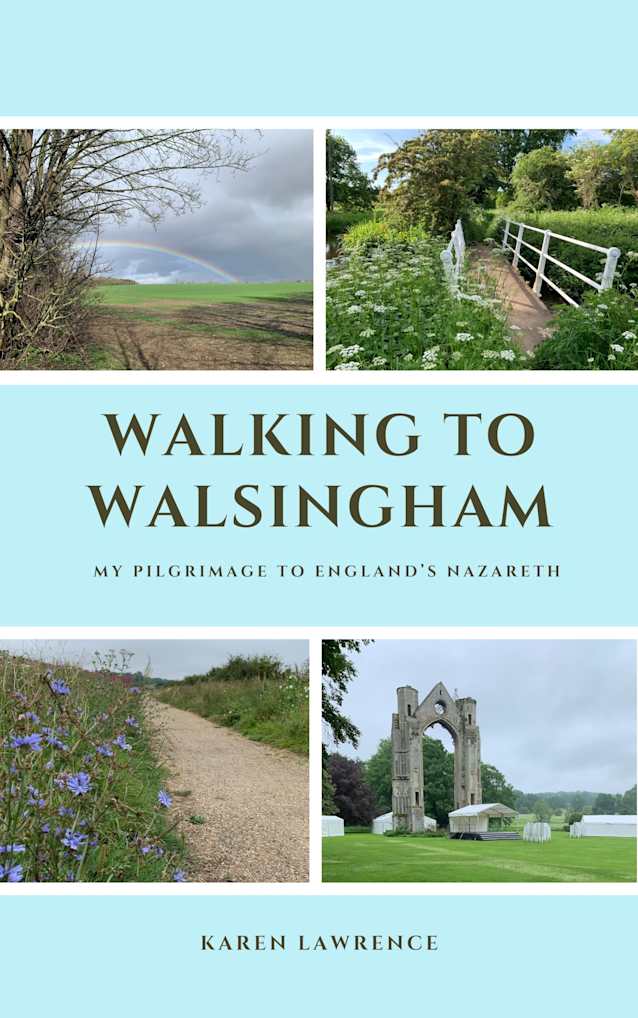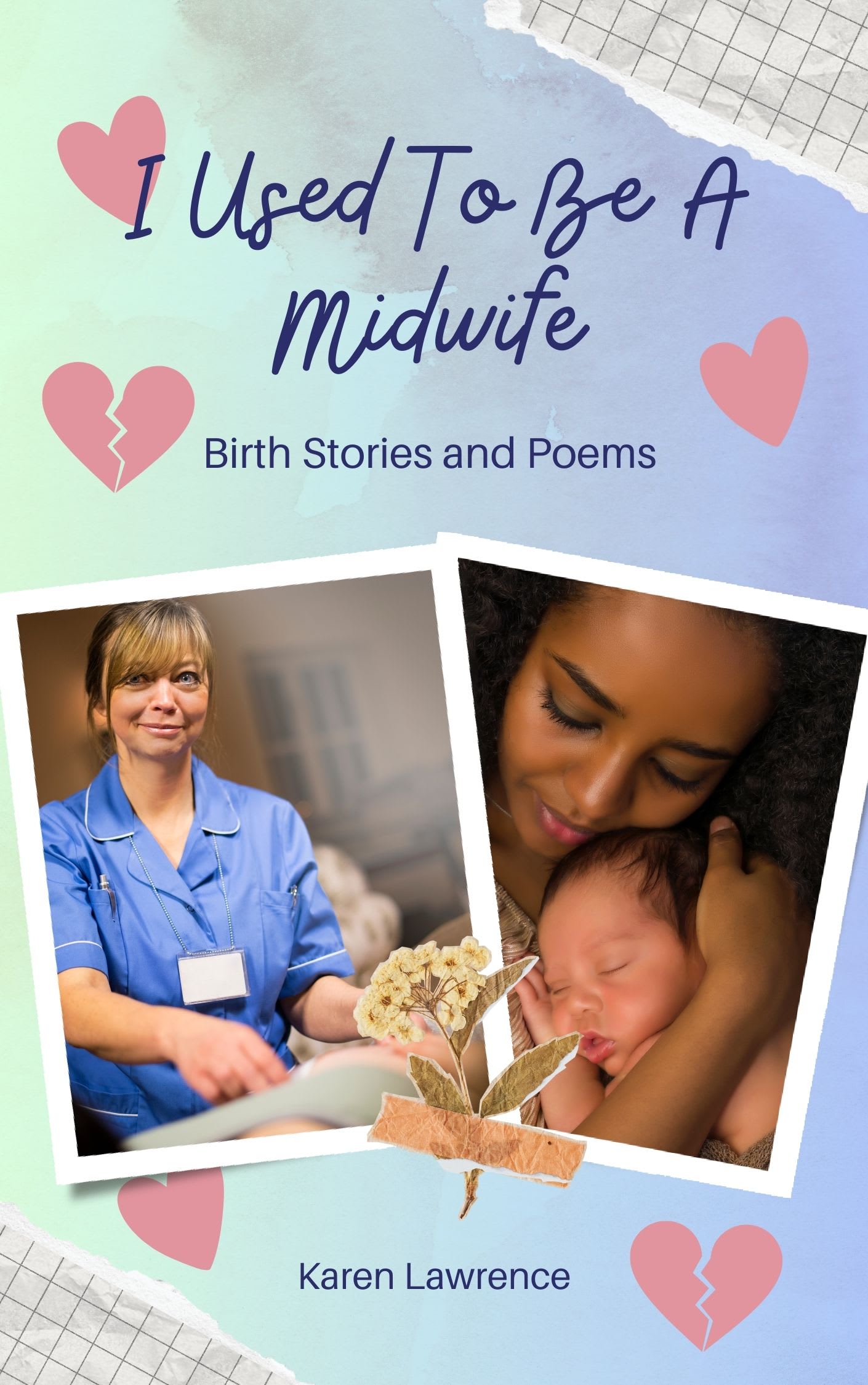‘I’m going to snuff out the old witches – every last one of them!’
Childbirth in England is a state-controlled procedure. Midwives have been outlawed for decades. Only a handful remain, risking everything to help mothers give birth in secret, but now their very existence is under threat.
My new novel is OUT NOW! Available from Amazon.




